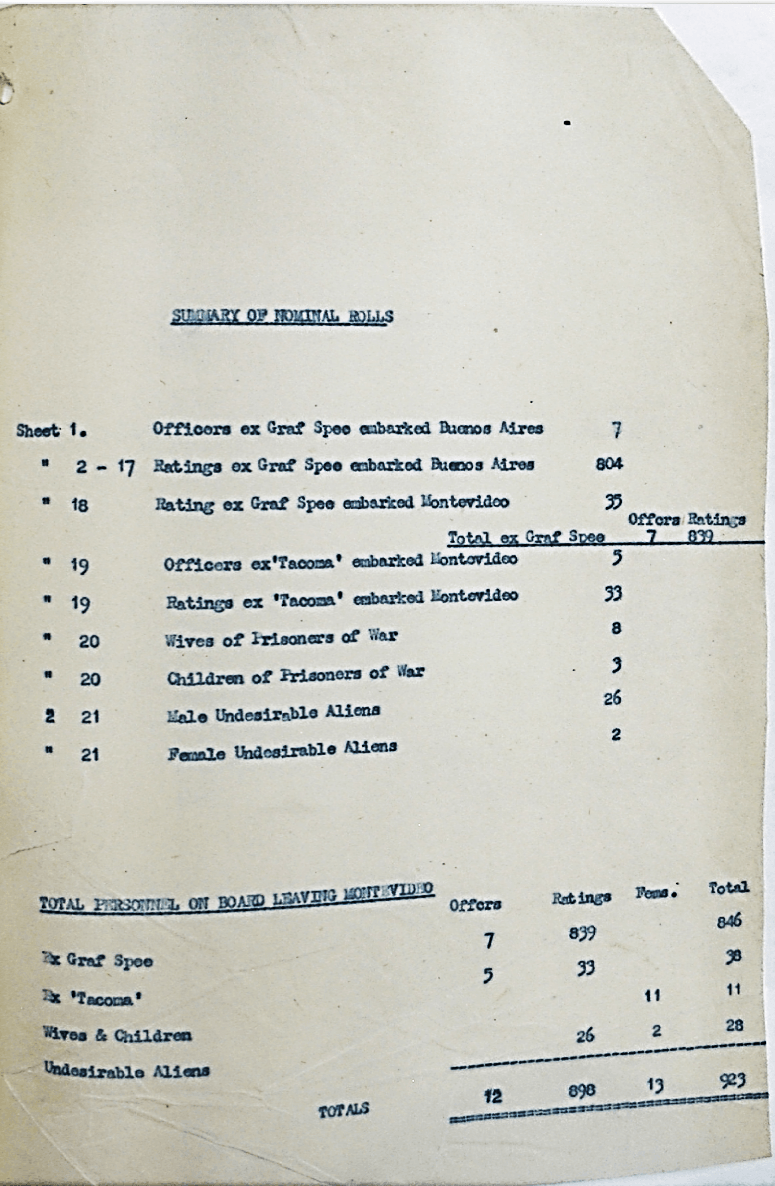HMS Ajax Cruiser Subsequent Commissions
"Commissioned" 28 July 1940 Ajax completed her refit following the River Plate and and re-entered service. Not clear if she was technically recommissioned. She sailed via South Africa for the Mediterranean and joined the 7th Cruiser Squadron Mediterranean Fleet on 4 October 1940.
DECEMBER 1944
On 25th December 1944 Prime Minister Winston Churchill & Mr. Anthony Eden went aboard HMS AJAX at Malta. AJAX was used as their HQ for several days, until 28th December, prior to the Yalta conference*
*The Yalta Conference, held 4–11 February 1945, was the World War II meeting of the heads of government of the United States, the United Kingdom and the Soviet Union to discuss the post war reorganization of Germany and Europe.
[The Marine facing in the background is Frederick (Fred) Samuel Elliott Royal Marine, believed to have been a member of the Guard of Honour (HMS Ajax 1943 - 46)]

Summary of Highland Monarch Nominal Role





